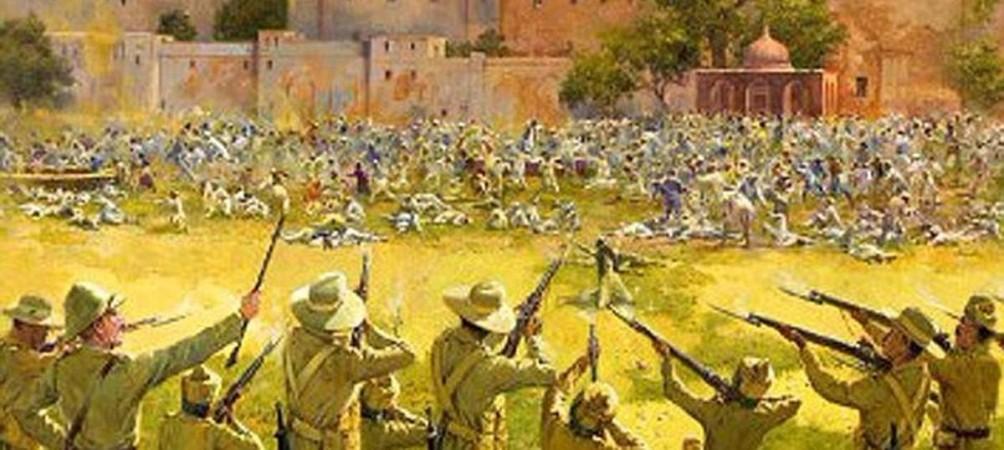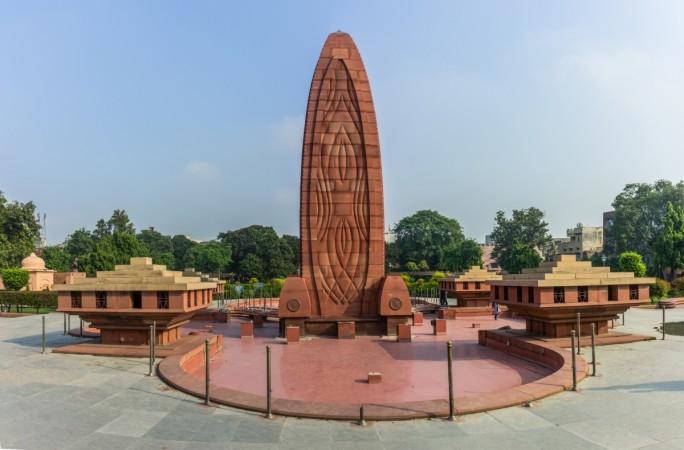Never Forgotten: 102 years after, Jallianwala Bagh massacre lingers in minds of Indians
Never Forgotten #NeverForgotten

Cipla Doubles Remdesivir Production In India For “Unprecedented” Demand
This date, that year. April 13, the Baisakhi of 1919 at Jallianwala Bagh is etched in the memory of India’s history and every Indian. The day when Brigadier-General Reginald Dyer, the lieutenant governor of Punjab, ordered indiscriminate firing at a gathering of men, women and children. The innocent, unarmed protestors and pilgrims who had gathered at Jallianwala Bagh in Amritsar on the occasion of Baisakhi.

jallianwala bagh representational
Decades and decades down the line, the scars remain etched, the pain has somewhat subsided and the perspective has shifted, just a bit. Every Indian continues to remember the sacrifice of those martyred.
The memories come haunting
Even as per the conservative records and estimates maintained by the British Government, 379 people (including women and children as well) were killed in the firing while as many as 1,200 were wounded. This figure has been highly debated and the Congress party claimed that the number of those killed was as high as 1,000. The fact that firing continued non-stop for 10 minutes, many believe that the latter figure could be true.
The gates to the main entrance were closed and the gathering was ambushed, many jumped into the well to save their lives. Till date the marks of bullets remain on the walls of the historical place in Amritsar.

Jallianwala BaghWikimedia Commons
Why did it happen?
Before the massacre took place, in an abrupt order, the gatherings had been banned by the British government. Unaware of the order, the crowds had gathered at Jallianwala Bagh on the day of Baisakhi. In order to ‘punish’ civilians for their ‘disobedience’, Brigadier-General Reginald Dyer ordered the colonial troops to barge in and fire, after closing the exit gate.
The fact that Dyer was given the bare minimum punishment of being removed from his post and barred from being deployed in India, did not convince many.
British wanted to ‘teach a lesson’
Looking back, it’s the British who today learn their lessons from the incident. The tragedy had repercussions far and wide and the world turned around on imperial brutality. While Rabindranath Tagore returned his knighthood, Winston Churchill condemned the incident.
The unforgivable and cowardly violence catalysed the Indian movement for Independence. That was the final nail in the coffin of British empire in India. Udham Singh avenged the violence by shooting Sir Michael O’ Dwyer, former lieutenant governor of British Punjab who had supported Reginald Dyer in the order.
Apology never came
Former British Prime Minister Theresa May expressed ‘regret’ over the incident and even called it a ‘shameful scar’ on British Indian history but never an absolute apology for the act. In 2019, on the centenary of the tragedy, she told the British Parliament, “We deeply regret what happened and the suffering caused by the massacre.” At the same time, leader of the Opposition Labour Party, Jeremy Corbyn, specifically asked PM May for an unequivocal apology.